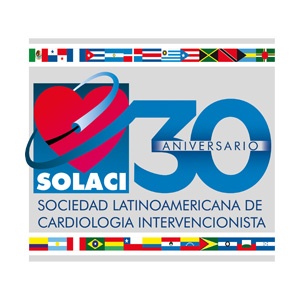Long-term use of B blockers after myocardial infarction has been questioned for a while now; in fact, admittedly, beyond the three year follow up its benefits remain unclear. It is particularly controversial in elderly patients and this recent study published in Circ Cardiovasc Qual Outcomes sheds some light on the matter.

The study followed 6893 CRUSADE registry patients ≥65 with a history of MI using B blockers, alive 3 years after discharge with no new MI, to assess the use of B blockers and its dose (with no use of B blockers, <50% and ≥50% of recommended target).
At 3 years, 72.2% continued to use B blockers and 43% of these patients were being treated with ≥50% of the recommended target dose.
The use of B blockers was not associated to a significant difference in combined end point (all-cause mortality, hospitalization for recurrent MI, stroke or cardiac failure) over the subsequent 5 years (52.4% vs 55.4%, HR 0.95; CI 95%, 0.88–1.03; p=0.23). Neither the low doses (<50% recommended target) nor the high doses (≥50 of recommended target) were associated with a significant difference compared against no use of B blockers. These results were consistent in patients with and without cardiac failure or systolic dysfunction (p for interaction=0.3).
Read also: Mechanisms of Post PCI Persistent Angina.
Conclusion
In this observational study, the use of B blockers beyond 3 years after MI, regardless achieved dose, was not associated with reduced adverse events rate. The role of prolonged use of B blockers, particularly in the elderly, calls for further research.
Original Title: Comparative Effectiveness of β-Blocker Use Beyond 3 Years After Myocardial Infarction and Long-Term Outcomes Among Elderly Patients.
Reference: Jay S. Shavadia et al. Circ Cardiovasc Qual Outcomes. 2019 Jul;12(7):e005103.
Subscribe to our weekly newsletter
Get the latest scientific articles on interventional cardiology
We are interested in your opinion. Please, leave your comments, thoughts, questions, etc., below. They will be most welcome.




